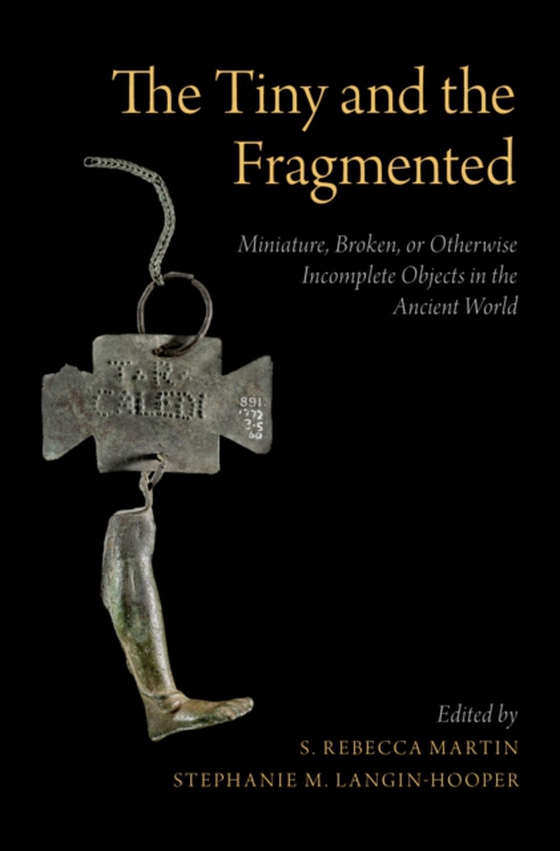
Tiny and the Fragmented e-bog
692,63 DKK
(inkl. moms 865,79 DKK)
Miniature and fragmentary objects are both eye-catching and yet easily dismissed. Tiny scale entices users with visions of Lilliputian worlds. The ambiguity of fragments intrigues us, offering tactile reminders of reality's transience. Yet, the standard scholarly approach to such objects has been to see them as secondary, incomplete things, whose principal purpose was to refer to a complete a...
E-bog
692,63 DKK
Forlag
Oxford University Press
Udgivet
16 oktober 2018
Længde
304 sider
Genrer
ACG
Sprog
English
Format
pdf
Beskyttelse
LCP
ISBN
9780190614829
Miniature and fragmentary objects are both eye-catching and yet easily dismissed. Tiny scale entices users with visions of Lilliputian worlds. The ambiguity of fragments intrigues us, offering tactile reminders of reality's transience. Yet, the standard scholarly approach to such objects has been to see them as secondary, incomplete things, whose principal purpose was to refer to a complete and often life-size whole. The Tiny and the Fragmented offers a series of fresh perspectives on the familiar concepts of the tiny and the fragmented. Written by a prestigious group of internationally-acclaimed scholars, the volume presents a remarkable diversity of case studies that range from Neolithic Europe to pre-Colombian Honduras to the classical Mediterranean and ancient Near East. Each scholar takes a different approach to issues of miniaturization and fragmentation but is united in considering the little and broken things of the past as objects in their own right. Whether a life-size or whole thing is made in a scaled-down form, deliberately broken as part of its use, or only considered successful in the eyes of ancient users if it shows some signs of wear, it challenges our expectations of representation and wholeness, of what it means for a work of art to be "e;finished"e; and "e;affective."e; Overall, The Tiny and the Fragmented demands a reconsideration of the social and contextual nature of miniaturization, fragmentation, and incompleteness, making the case that it was because of, rather than in spite of, their small or partial state that these objects were valued parts of the personal and social worlds they inhabited.
 Dansk
Dansk

